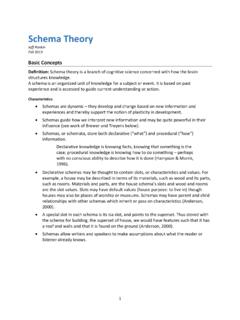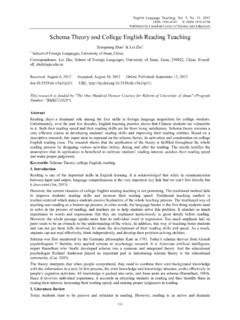Transcription of Memorizing Normality to Detect Anomaly: Memory …
1 Memorizing Normality to Detect Anomaly: Memory -augmented DeepAutoencoder for Unsupervised Anomaly DetectionDong Gong1, Lingqiao Liu1, Vuong Le2, Budhaditya Saha2,Moussa Reda Mansour3, Svetha Venkatesh2, Anton van den Hengel11 The University of Adelaide, Australia2A2I2, Deakin University3 University of Western autoencoder has been extensively used foranomaly detection. Training on the normal data, the au-toencoder is expected to produce higher reconstruction er-ror for the abnormal inputs than the normal ones, whichis adopted as a criterion for identifying anomalies. How-ever, this assumption does not always hold in practice. Ithas been observed that sometimes the autoencoder gen-eralizes so well that it can also reconstruct anomalieswell, leading to the miss detection of anomalies.
2 To miti-gate this drawback for autoencoder based anomaly detec-tor, we propose to augment the autoencoder with a mem-ory module and develop an improved autoencoder calledmemory-augmented autoencoder, MemAE. Given an in-put, MemAE firstly obtains the encoding from the encoderand then uses it as a query to retrieve the most relevantmemory items for reconstruction. At the training stage, thememory contents are updated and are encouraged to repre-sent the prototypical elements of the normal data. At the teststage, the learned Memory will be fixed, and the reconstruc-tion is obtained from a few selected Memory records of thenormal data. The reconstruction will thus tend to be close toa normal sample.
3 Thus the reconstructed errors on anoma-lies will be strengthened for anomaly detection. MemAE isfree of assumptions on the data type and thus general to beapplied to different tasks. Experiments on various datasetsprove the excellent generalization and high effectiveness ofthe proposed IntroductionAnomaly detection is an essential task with critical ap-plications in various areas, such as video surveillance [26].The unsupervised anomaly detection [47, 43, 48, 32, 7] isto learn a normal profile given only the normal data exam-ples and then identify the samples not conforming to thenormal profile as anomalies, which is challenging due toEncoderDecoderNormalinputAbnormalinput Recon.
4 Of anomalyRecon. ofthe normalEncodeding of normal inputEncoding of abnormal inputPrototypical normal patterns in Memory slotsAddressing memoryAbnormalinputNormalinputAnomaly?Re con. errorSignificant recon. erroron abnormal sampleSmall recon. erroron normal sampleFigure 1. Anomaly detection via the proposed MemAE. Aftertraining on the dataset only with normal samples, the Memory inMemAE records the prototypical normal patterns. Given anab-normalinput, MemAE retrieves the most relevantnormalpatternsin Memory for reconstruction, resulting in an output significantlydifferent to the abnormal input. To simplify the visualization, weassume only one Memory item is addressed lack of human supervision.
5 Notably, the problem be-comes even more difficult when the data points lay in ahigh-dimensional space ( ), since modeling thehigh-dimensional data is notoriously challenging [47].Deep autoencoder (AE) [2, 18] is a powerful tool tomodel the high-dimensional data in the unsupervised set-ting. It consists of an encoder to obtain a compressed en-coding from the input and a decoder that can reconstruct thedata from the encoding. The encoding essentially acts as aninformation bottleneck which forces the network to extractthe typical patterns of high-dimensional data. In the contextof anomaly detection, the AE is usually trained by mini-mizing the reconstruction error on the normal data and thenuses the reconstruction error as an indicator of is generally assumed [48, 11, 45] that the reconstructionerror will be lower for the normal input since they are closeto the training data, while the reconstruction error becomeshigher for the abnormal , this assumption may not always hold, andsometimes the AE can generalize so well that it can alsoreconstruct the abnormal inputs well.
6 This observation has1705been made in the existing literature [48, Figure 1] and alsoin this paper (See Figure 4 and 6). The assumption thatanomaly incurs higher reconstruction error might be some-how questionable since there are no training samples foranomalies and the reconstruction behavior for anomaly in-puts should be unpredictable. If some anomalies share com-mon compositional patterns ( edges in images)with the normal training data or the decoder is too strong for decoding some abnormal encodings well, AE is verylikely to reconstruct the anomalies mitigate the drawback of AEs, we propose to aug-ment the deep autoencoder with a Memory module and in-troduce a new model Memory -augmented autoencoder, Given an input, MemAE does not directly feed itsencoding into the decoder but uses it as a query to retrievethe most relevant items in the Memory .
7 Those items arethen aggregated and delivered to the decoder. Specifically,the above process is realized by using attention based mem-ory addressing. We further propose to use a differentiablehard shrinkage operator to induce sparsity of the memoryaddressing weights, which implicitly encourage the mem-ory items to be close to the query in the feature the training phase of MemAE, we update the memorycontent together with the encoder and decoder. Due to thesparse addressing strategy, the MemAE model is encour-aged to optimally and efficient use the limited number ofmemory slots, making the Memory to record the prototyp-ical normal patterns in the normal training data to obtainlow average reconstruction error (See Figure 3).
8 In the testphase, the learned Memory content is fixed, and the recon-struction will be obtained by using a small number of thenormal Memory items, which are selected as the neighbor-hoods of the encoding of the input. Because the reconstruc-tion is obtained normal patterns in Memory , it tends to beclose to the normal data. Consequently, the reconstructionerror tends to be highlighted if the input is not similar tonormal data, that is, an anomaly. The schematic illustra-tion is shown in Figure 1. The proposed MemAE is free ofthe assumption on the types of data and thus can be gener-ally applied to solve different tasks. We apply the proposedMemAE on various public anomaly detection datasets fromdifferent applications.
9 Extensive experiments prove the ex-cellent generalization and high effectiveness of Related WorkAnomaly detectionIn unsupervised anomaly detection,only normal samples are available as training data [4]. Anatural choice for handling the problem is thus the one-class classification methods, such as one-class SVM [5, 34]and deep one-class networks [31, 3], which seeks to learna discriminative hyperplane surrounding the normal sam-ples. Unsupervised clustering methods, such as the k-meansmethod and Gaussian Mixture Models (GMM) [47, 40],have also been applied to build a detailed profile of the nor-mal data for identifying the anomalies. These methods usu-ally suffer from suboptimal performance when processinghigh-dimensional methodsare proposed relying onan assumption that the anomalies cannot be represented andreconstructed accurately by a model learned only on nor-mal data [48].
10 Different techniques, such as PCA methods[14, 15] and sparse representation [25, 45], have been usedto learn the representation of the normal patterns. Specifi-cally, sparse representation methods [25, 45] jointly learna dictionary and the sparse representation of the normaldata for detecting anomalies. The restricted feature repre-sentations limit the performances. Some very recent works[43, 46, 48, 6] train deep autoencoders for anomaly detec-tion. For example, structured energy based deep neural net-work [43] is used to model the training samples. Zongetal.[48] proposed to jointly model the encoded features andthe reconstruction error in a deep autoencoder.
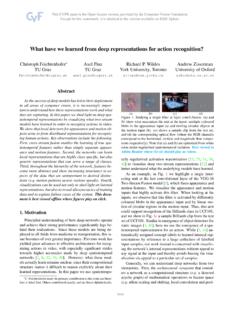
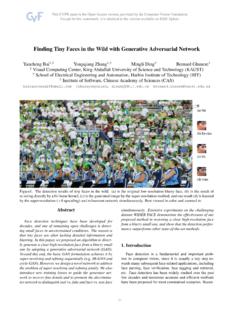
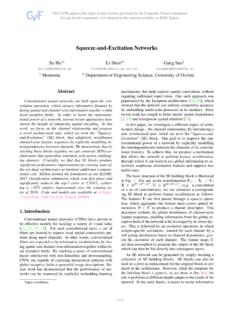
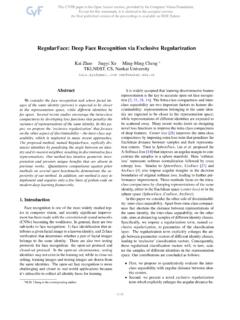
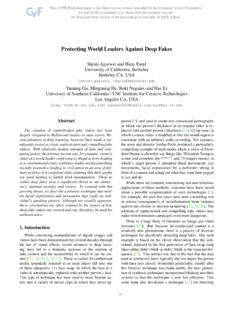

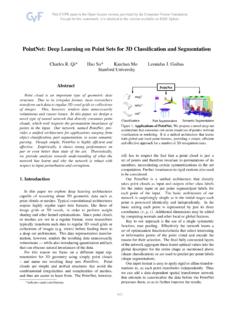
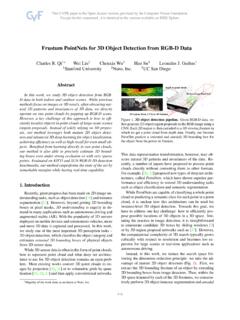
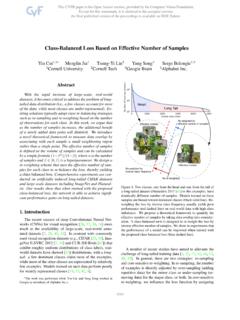
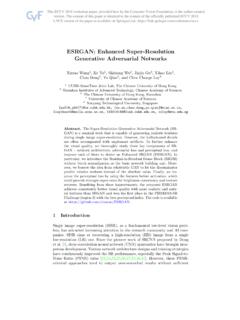
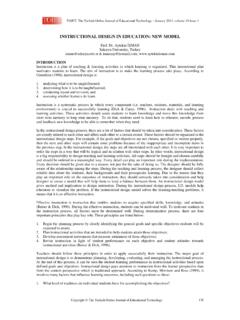
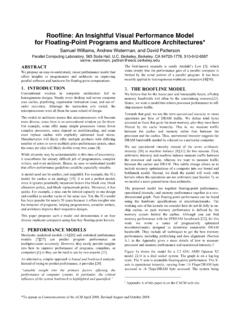
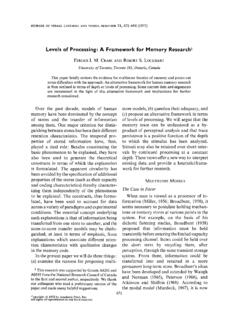
![arXiv:1402.1128v1 [cs.NE] 5 Feb 2014](/cache/preview/f/d/1/e/b/f/3/0/thumb-fd1ebf3035d443b1c7cdc82011fc710a.jpg)
